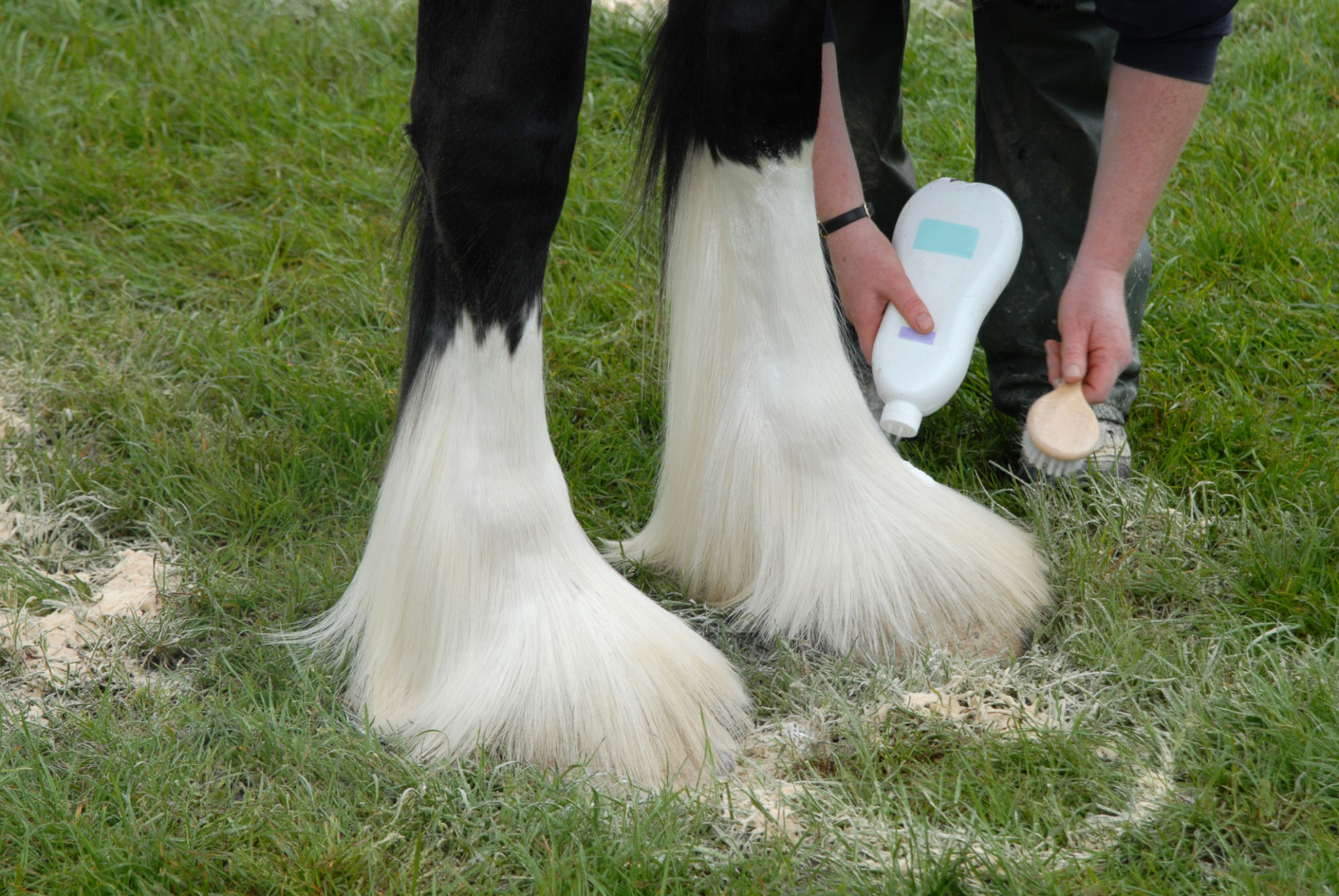Debunking Hoof Care Myths: What You Really Need to Know
Understanding Hoof Care
When it comes to hoof care, there's a lot of information floating around, and not all of it is accurate. Proper hoof care is crucial for the health and performance of your horse, but myths and misconceptions can lead to ineffective or even harmful practices. In this post, we'll debunk some common hoof care myths and provide you with the knowledge you really need.

Myth 1: Hooves Don't Need Regular Trimming
One prevalent myth is that horses' hooves don't require regular trimming. Some believe that, like wild horses, domestic horses' hooves will naturally wear down. However, domesticated horses often don't roam the vast distances that wild horses do, which is necessary for natural wear. Regular trimming is essential to prevent overgrowth, which can lead to discomfort and structural issues.
Myth 2: All Horses Need Shoes
The belief that all horses must wear shoes is another widespread misconception. While shoeing can provide protection and support for some horses, others may thrive without them. The decision to shoe a horse should be based on individual needs, considering factors such as hoof condition, workload, and terrain. Consulting with a knowledgeable farrier can help determine the best approach for your horse.

The Role of Diet in Hoof Health
A healthy diet plays a significant role in maintaining strong hooves. Proper nutrition ensures that your horse receives the vitamins and minerals necessary for good hoof health. Biotin, methionine, and zinc are particularly important. A diet lacking in these nutrients can lead to weak, brittle hooves, making them more susceptible to cracks and splits.
Myth 3: Hoof Conditioners Are a Cure-All
Many horse owners turn to hoof conditioners to resolve all their hoof problems. While these products can help in some situations, they are not a miracle cure. Hoof conditioners are most effective when used as part of a comprehensive hoof care routine that includes proper diet and regular maintenance. They can help maintain moisture balance but won't fix underlying issues caused by poor nutrition or neglect.

Recognizing Common Hoof Issues
Understanding common hoof issues is key to providing proper care. Conditions like thrush, white line disease, and abscesses are prevalent and require prompt attention. Regular inspection of your horse's hooves can help catch these problems early, when they are easier to treat. Look for signs such as foul odor, black discharge, or unusual heat and sensitivity.
Myth 4: Hoof Cracks Are Always Serious
Hoof cracks can look alarming, but not all are serious. Superficial cracks often don't affect the horse's performance or health. However, deep cracks that reach the sensitive structures of the hoof can cause pain and require professional attention. Keeping hooves well-maintained and balanced reduces the risk of serious cracking.

Conclusion
Understanding the truth behind common hoof care myths allows you to make informed decisions about your horse's health. Regular trimming, appropriate shoeing (or not), a balanced diet, and consistent monitoring are all part of effective hoof care. By debunking these myths, you can ensure your horse's hooves remain healthy and strong.